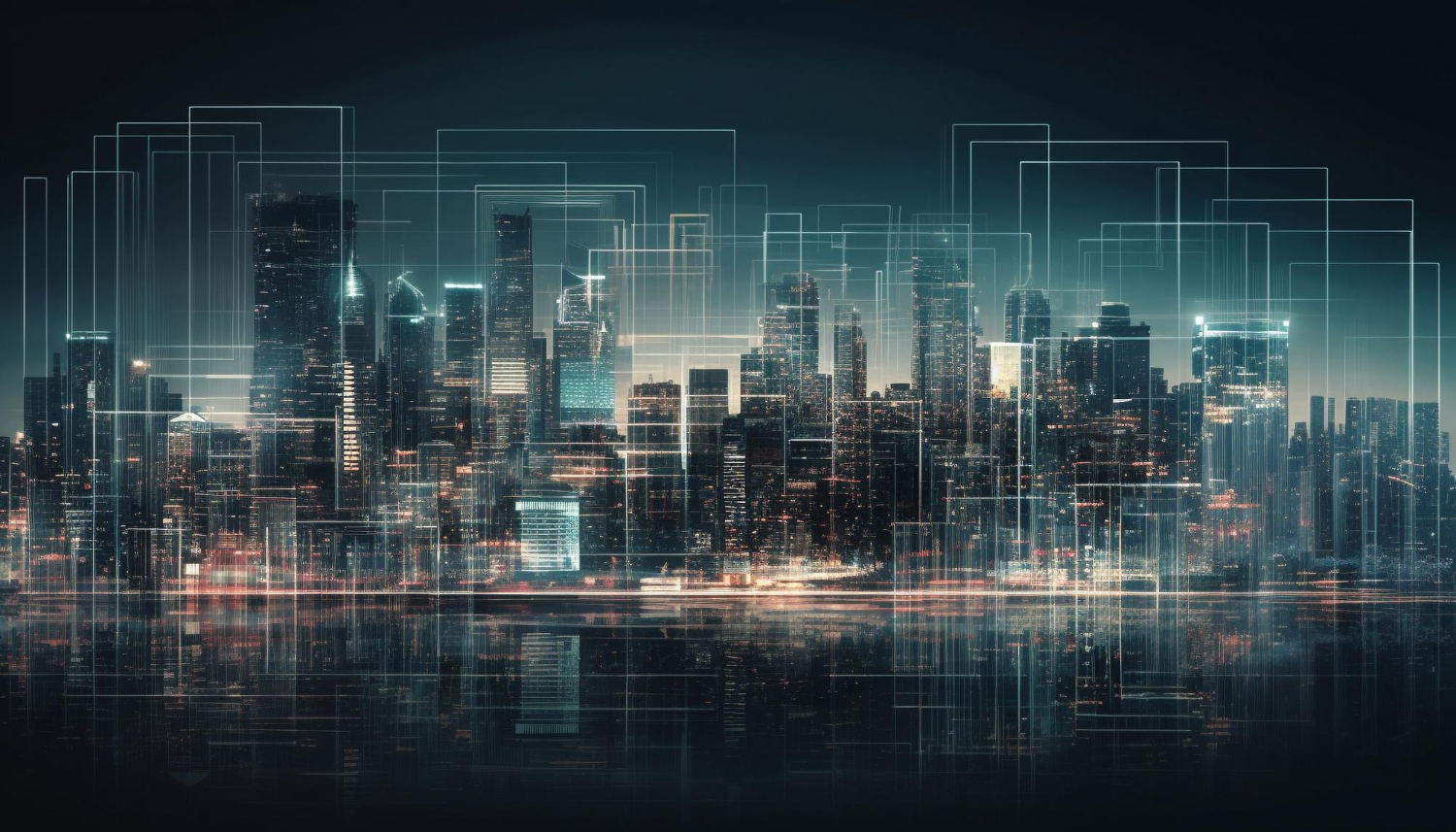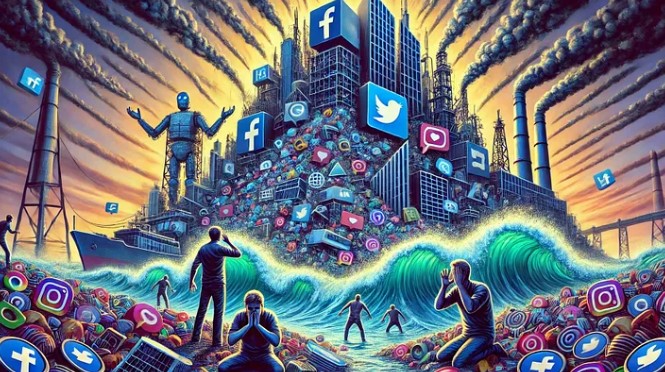Introduction
In today’s interconnected world, the Internet of Things (IoT) has become a buzzword that is revolutionizing various industries and transforming the way we live. From smart homes to industrial automation, IoT is reshaping the landscape of technology and innovation. In this comprehensive article, we will explore the vast potential of the Internet of Things and how it is impacting our daily lives.
What is the Internet of Things?
The Internet of effects refers to the network of connected physical bias, vehicles, appliances, and other objects bedded with detectors, software, and connectivity that enables them to collect and change data. These bias can range from simple ménage particulars like refrigerators and thermostats to complex artificial ministry.
The IoT enables these devices to communicate and interact with each other through the internet, creating a seamless network of interconnectedness. This connectivity allows for data to be collected, analyzed, and utilized to improve efficiency, productivity, and overall quality of life.
Transforming Industries with IoT
Healthcare: Revolutionizing Patient Care
IoT has the potential to revolutionize the healthcare industry by improving patient care and outcomes. Connected devices and wearables can monitor vital signs, track medication adherence, and alert healthcare professionals in real time. This technology enables remote patient monitoring, reducing hospital readmissions and improving the overall quality of care.
Smart Homes: Simplifying Daily Life
With the advent of IoT, smart homes have become a reality. From smart thermostats that adjust the temperature based on your preferences to voice-activated assistants that control lights and appliances, IoT has made our homes more convenient and energy-efficient. By integrating various devices, homeowners can automate tasks and remotely control their home environment.
Transportation: Enhancing Safety and Efficiency
IoT is transforming the transportation industry by enhancing safety and efficiency. Connected vehicles can communicate with each other and with traffic infrastructure to optimize traffic flow, reduce accidents, and improve fuel efficiency. Additionally, IoT-enabled logistics and fleet management systems enable real-time tracking and monitoring, streamlining operations and reducing costs.
Industrial Automation: Improving Efficiency and Productivity
In the industrial sector, IoT is driving the adoption of automation and smart manufacturing. Connected sensors and actuators enable real-time monitoring and control of machines and processes, improving efficiency and productivity. IoT-enabled predictive maintenance systems can detect equipment failures before they occur, minimizing downtime and reducing maintenance costs.
The Impact of IoT on Society
Advancements in Healthcare
IoT has the potential to transform healthcare delivery, making it more personalized and accessible. Remote patient monitoring, telehealth consultations, and smart medical devices enable patients to receive timely care regardless of their location. This technology has the potential to revolutionize healthcare in underserved areas and improve the overall well-being of individuals.
Sustainability and Energy Efficiency
IoT plays a crucial role in promoting sustainability and energy efficiency. Smart grids, equipped with IoT sensors, enable optimized energy distribution and consumption. Connected devices in homes and businesses can monitor energy usage and make adjustments to reduce waste. By leveraging IoT, we can create a more sustainable future and mitigate the impact of climate change.
Enhanced Safety and Security
IoT has the potential to enhance safety and security across various domains. Smart surveillance systems can detect and respond to security threats in real time. Connected home security systems enable homeowners to remotely monitor and control their property. In the industrial sector, IoT-powered safety systems ensure the well-being of workers by detecting potential hazards and providing timely alerts.
FAQs about the Internet of Things
What are the key components of the Internet of Things?
The key components of the Internet of Things include interconnected devices, sensors, connectivity technologies, data analytics, and cloud computing.
Is the Internet of Things secure?
Security is a critical concern in the IoT ecosystem. As further bias comes connected, there’s an increased threat of cyber-attacks. Still, there are security measures in place to cover IoT bias and data, similar as encryption, authentication, and secure communication protocols.
How is the Internet of Things impacting privacy?
The proliferation of IoT devices has raised concerns about privacy. As these devices collect and analyze vast amounts of personal data, it is essential to establish strong data protection policies and regulations. Striking a balance between the benefits of IoT and individual privacy rights is crucial.
What are some challenges in implementing IoT solutions?
Implementing IoT solutions can be complex due to various challenges. These include interoperability issues, data management and analytics, scalability, and the need for skilled professionals. Overcoming these challenges requires collaboration and innovation across industries.
What are some ethical considerations related to the Internet of Things?
Ethical considerations in the IoT realm include data privacy, consent, transparency, and accountability. As IoT becomes more pervasive, it is essential to ensure that ethical guidelines and frameworks are in place to protect individuals and society as a whole.
Conclusion
The Internet of Things is a transformative technology that is revolutionizing various industries and reshaping the way we live. From healthcare to transportation, IoT is enhancing efficiency, improving safety, and creating new opportunities for innovation. However, as we embrace the potential of IoT, it is crucial to address security, privacy, and ethical concerns to build a future that harnesses the full benefits of this interconnected world.










